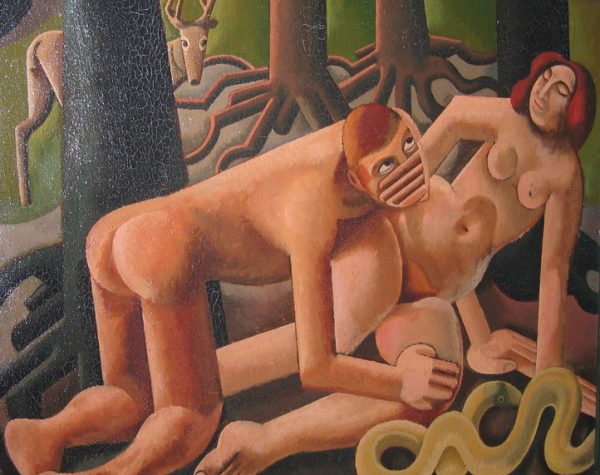We are delighted to announce that The Ingram Collection is now live on the BBC Your Paintings website: click here for further information and to see the works in oil from The Collection on the Your Paintings website.
Chris Ingram is committed to widening public access to art. He is a generous lender and public display is in the front of his mind when acquisitions are made to The Ingram Collection. From exhibitions at The Lightbox gallery and museum in Chris’ hometown of Woking, to major public exhibitions of twentieth-century British art at venues such as The Hepworth Wakefield, Pallant House Gallery, Chichester, The Jerwood Gallery, Hastings, Kettle’s Yard, Cambridge, Leeds City Art Gallery and The Royal College of Art, The Ingram Collection of Modern British and Contemporary Art loans extensively and widely. Chris Ingram is passionate about making his collection accessible to all. A Ben Nicholson oil painting in The Ingram Collection is in The Art and Life exhibition, currently at the Dulwich Picture Gallery.
One of The Collection’s most recent purchases, Meat Porters by Ralph Brown (1928-2013), is a monumental bronze sculpture which is currently on loan to the Royal Academy. It is recognised as the artist’s most significant sculptural work. This monumental bronze, conveying visceral brutality and a dark sensuality, combined with the artist’s keen social engagement, is an exciting addition to The Ingram Collection and sits proudly in the courtyard of the Royal Academy.
The Tempest by BP Portrait prize-winning artist Aleah Chapin – Chris Ingram’s recent contemporary acquisition – is on public display for the first time at The Lightbox gallery and museum in Woking.
We are also delighted to announce that another major acquisition is on public display. Geoffrey Clarke’s 1959 public commission Square World I-V has been installed at The Lightbox. Jonathan Clarke, the artist’s son, was there to oversee the installation. Square World I-V is a unique series of five reliefs by Geoffrey Clarke which were originally commissioned for St Chad, Rubery, Birmingham. They are amongst the earliest examples of Clarke’s work in aluminium and as such mark a key development in twentieth-century sculpture. Clarke received a greater number of public commissions than any other post-war sculptor and as such his work was very influential.

